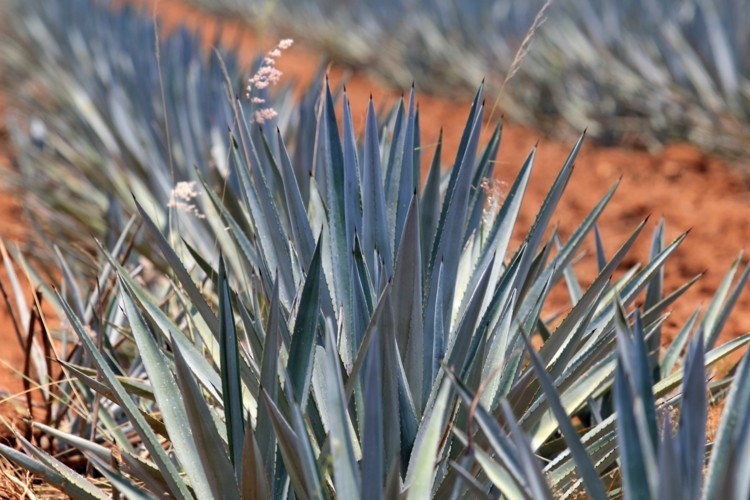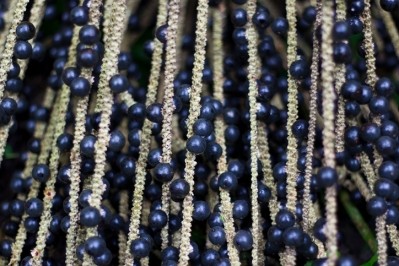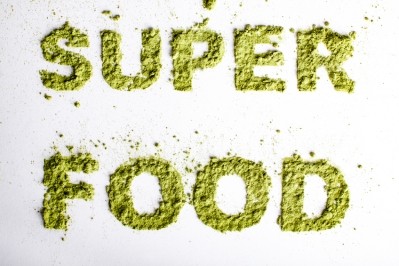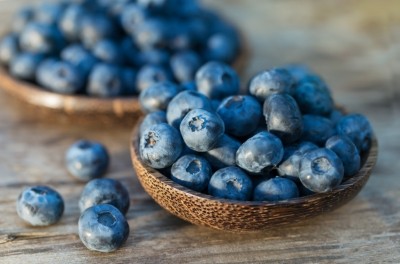Researchers detect prebiotic potential in freeze-dried, powdered agave stem

The plant contains fructooligosaccharides, a sugar classified as a prebiotic, or ‘food’ for the beneficial bacteria living in the human body. When eaten by these bacteria—also known as probiotics—the fermentation process provides health benefits to the human host.
“Agave species are only exploited for the production of alcoholic beverages. Few reports of beneficial effects of fructans obtained from A. salmiana have been presented,” researchers from the Universidad Autonoma de San Luis Potosi in Mexico and Justus Liebig University Giessen in Germany wrote in their study, published in the journal LWT – Food Science and Technology.
They compared a powdered version of Agave salmiana with two different prebiotic ingredients on the market—branded inulin powders provided by manufacturer BENEO GmbH called Orafti HP and Orafti GR.
“The goal of this study was to examine the specific stimulation of probiotic bacteria by A. salmiana powder in comparison to commercial prebiotic products with different bacteria,” they wrote.
Analysis of the powder, comparison with inulin
Agave 'pineapple,' or the round base of the plant after the leaves have been shaved off, of the A. salmiana variety was harvested around the Laguna Seca mezcal factory sin San Luis Potosi, Mexico. The stem of the pineapple head was removed, cut into 1.5 cm thick cubes before juice was extracted. Extract from the dried stem were obtained by freeze-drying.
Researchers then analyzed the extract’s carbohydrate, glucose, fructose, and sucrose, among other things. All the study powders—the agave extract and the Orafti HP and GR inulin powders—were distilled in water.
They found that the composition of A. salmiana had glucose at 1.6 times higher concentration than the inulin powders, but the other compounds’ concentrations were higher in the inulin Orafti GR powder.
Interaction with probiotics
Six reference strains of bacteria that have been documented to colonize the gastrointestinal tract were studied: Lactobacillus casei, Lactobacillus acidophilus, Bifidobacterium longum subsp. infantis, Bifidobacterium longum subsp. longum, Bacteroides vulgatus, and Akkermansia muciniphila.
“Lactobacillus acidophilus showed the best growth with A. salmiana, decreased the final pH-value to the lowest level and produced the highest concentration of lactate,” they reported.
As a pilot study, the researchers admitted that there are still many more factors that need to be analyzed about the plant’s nutritional benefits. For example, “future research should work towards optimizing the FOS content and profile in the plants by selection of plant varieties or changing agronomic and postharvest practice to develop their innovative applications for the food industry and the health promotion,” they wrote.
In the scientific community, interest on agave’s effect on the gut microbiota has generated some interest. A study by Mexican and Korean researchers on rats published this year suggested agave fibers’ health and weight management potential.
Another example is a 2015 study by manufacturer Ingredion and the University of Illinois, Urbana, which found that agave boost Bifidobacterium numbers when supplemented to healthy adults.
If more uses of the plant beyond liquor distillation can be promoted, it can give the typical Mexican plant a natural attribute which increases its value.
They added: “The addition of the fructans from A. salmiana to the human diets could stimulate the appreciation and use of the wild maguey plants, and at the same time, the rural development of the region.”
Source: LWT – Food Science and Technology
Published online ahead of print, https://doi.org/10.1016/j.lwt.2017.05.044
“Potential use of Agave salmiana as a prebiotic that stimulates the growth of probiotic bacteria”
Authors: Fidel Martinez-Gutierrez, et al.








